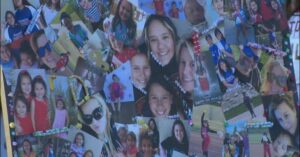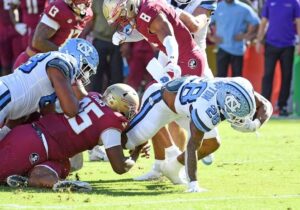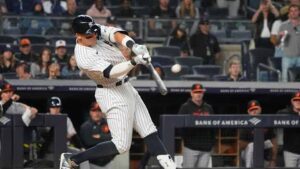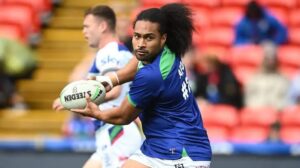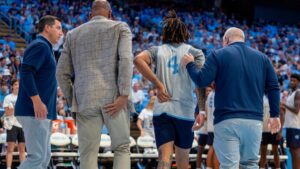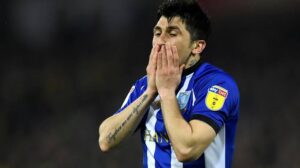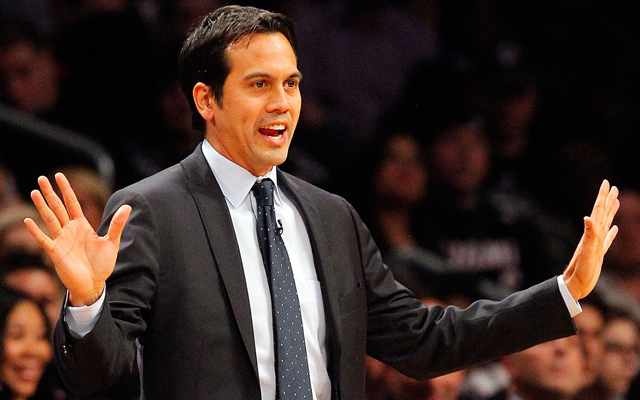
NEW YORK, NY - JANUARY 30: (NEW YORK DAILIES OUT) Head coach Erik Spoelstra of the Miami Heat in action against the Brooklyn Nets at Barclays Center on January 30, 2013 in the Brooklyn borough of New York City.The Heat defeated the Nets 105-85. NOTE TO USER: User expressly acknowledges and agrees that, by downloading and/or using this Photograph, user is consenting to the terms and conditions of the Getty Images License Agreement. (Photo by Jim McIsaac/Getty Images)
4 Lessons the Miami Heat can learn from the final NBA playoff teams
The NBA is always changing, even with the Miami Heat’s gap year. In addition to considering what went wrong in the previous season, it’s critical that the Heat study the strategies employed by the most successful teams in the league as they get ready for a critical offseason.
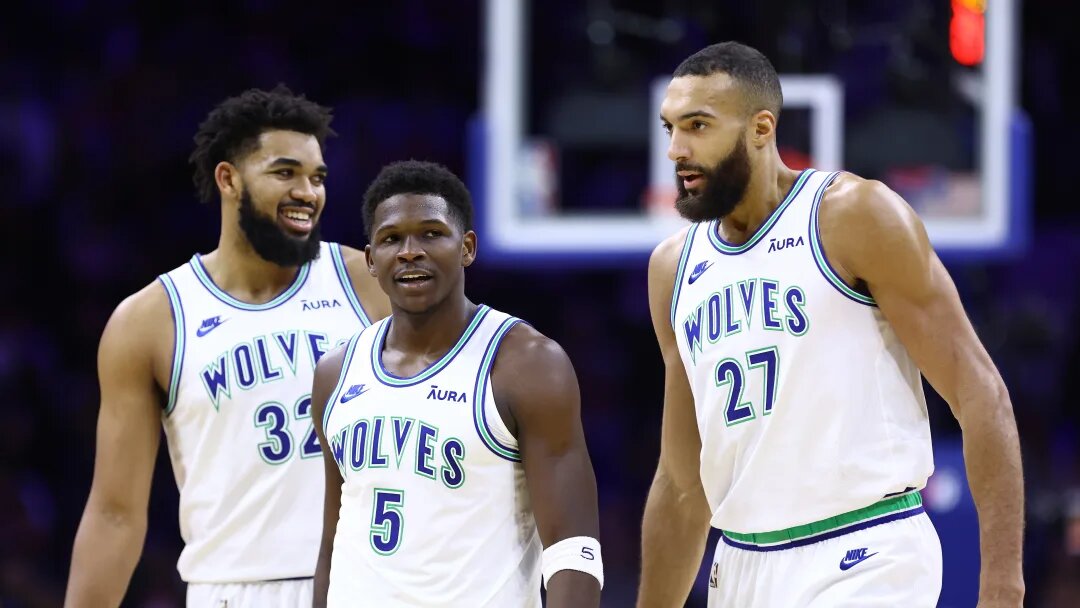
What the Heat can learn from the Minnesota Timberwolves, Dallas Mavericks, Boston Celtics, and Indiana Pacers—the final four playoff teams—is as follows.
Timberwolves: Dimensions count
The Timberwolves controversially decided to trade for Rudy Gobert two seasons ago after observing trends in the NBA. Gobert and Karl-Anthony Towns were married in the deal, which was roundly criticized. Naz Reid was re-signed by the Timberwolves as a show of force.
However, team president Tim Connely was aware that the Timberwolves would need to defeat Nikola Jokic and the Denver Nuggets in order to advance out of the West. He was correct, as the Wolves advanced to the conference finals a year later after defeating the Nuggets in seven games.
Though it’s simple to focus solely on Minnesota’s frontcourt size, the team has size at every position. Anthony Edwards is 6-foot-9 in wingspan and has a tank-like build. The team’s starting small forward, Jaden McDaniels, stands 6-foot-9 with a wingspan of seven feet. Six-foot-5 Nickeil Alexander-Walker, six-foot-9 Reid, and six-foot-9 Kyle Anderson are their three main bench players.

On the other hand, the Heat are small in place. At center, Bam Adebayo is undersized, and 6-foot-11 Nikola Jovic is light in the caboose. Even Jimmy Butler is barely average in size for his position, and Terry Rozier and Tyler Herro make up a small backcourt.
This goes beyond Adebayo switching to a power forward role, which might not be possible if the Heat are unable to add more shooting. However, the Heat must enlarge at the other positions if Bam is going to be undersized at center.

